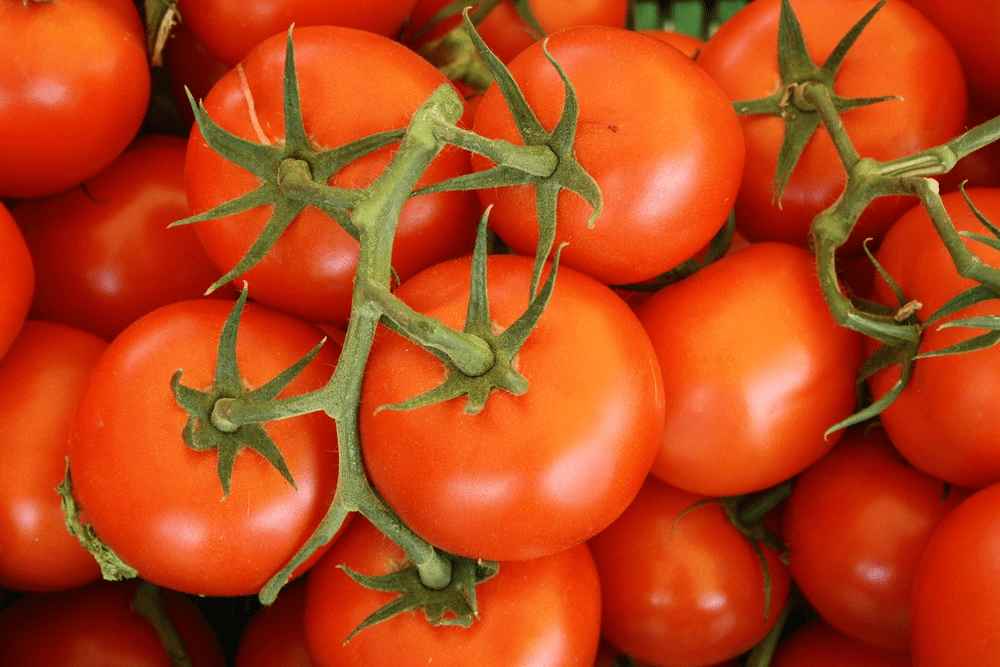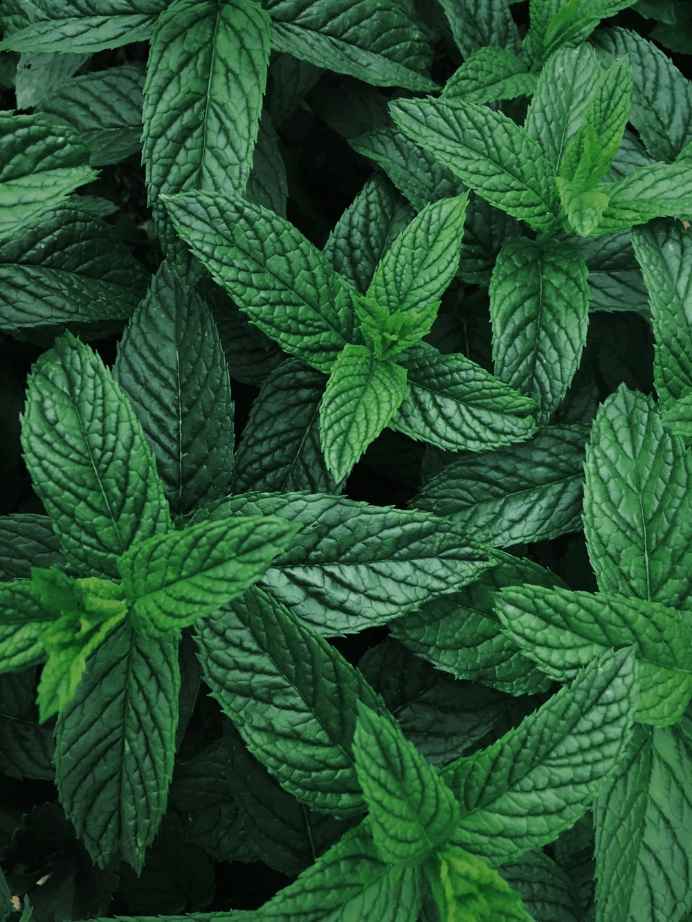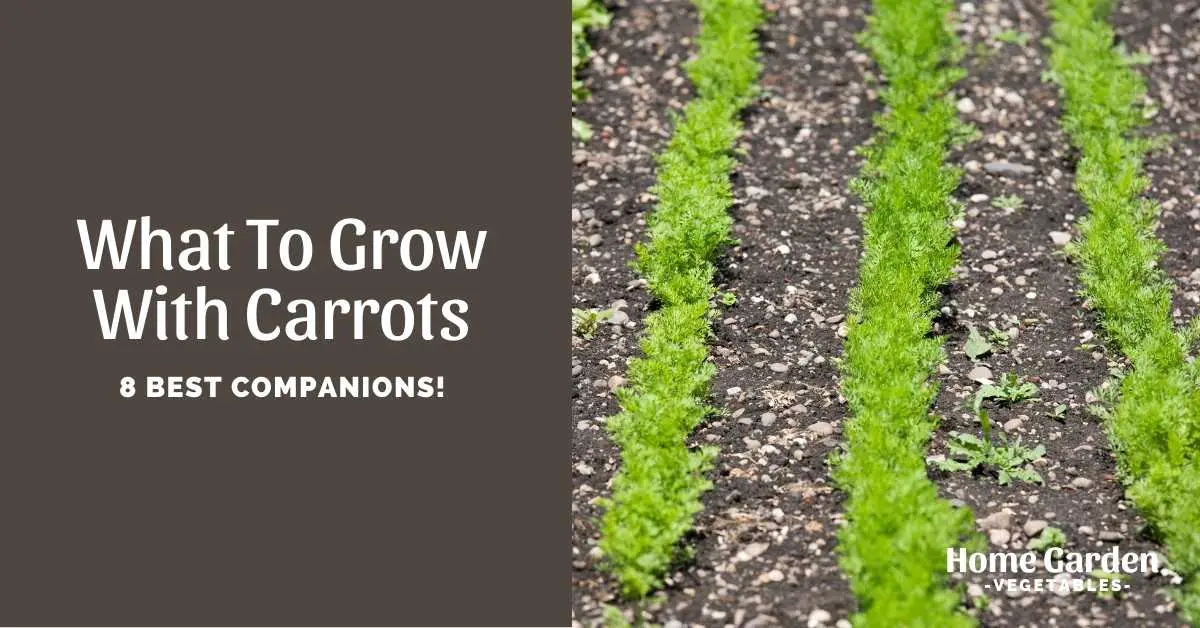Usually, we don’t have the luxury of vast open fields to plant our favorite vegetables. Gardeners learn to make the most out of the little growing space they have. To enjoy a versatile harvest on their dinner table, they must have insight into what crops go well together and what must stay apart. Half the battle is knowing what to grow with carrots but we will cover all this including what to not grow with carrots.
If you’ve planned on planting carrots this growing season, it’s worth knowing which plants will enjoy in the neighborhood, and which plants will mind. Growing desirable plants together is companion planting and is a widespread practice for most urban gardeners. When choosing from these companions take into account the amount of space you have. This is especially true if you are growing your carrots in containers. Read on for the complete carrot companion planting guide!
Reader Poll: What online courses would interest you?

Companion planting lets you make efficient use of your garden space and offer several other benefits. Carrot companion plants keep pests out of your garden, attract pollinators, promote healthy growth for all the plants, and also enhances the flavor of your harvest. I will now cover the best companion plants for carrots and gardening tips!
Why It Is Important to Choose What to Grow With Carrots?
Companion plants help each other grow, resist pests and increase the taste. Aside from the benefits to your carrot plants, companion planting makes better use of your garden area, allowing you to gather more. Companion planting provides a variety of benefits for pollinators, animals, and soil health.
Carrots have a lot of companion plants that can help them grow and protect them from pests. When cultivated alongside carrot plants, plants that are particularly ideal companion plants for carrots include: enhance the flavor and texture of their carrot neighbors. Aphids and other pests are deterred by some partners.
Subscribe to our newsletter!
Diseases Common in Carrot Plants
Some common diseases you may find in your carrot plants are:
- Alternaria Leaf Blight
The symptoms of this disease include greenish-brown, water-soaked lesions that expand, turn dark to black, and typically develop a yellow halo along leaflet edges.
Infected leaves are more vulnerable as they age. The leaf yellows collapse, and die after around 40% of the leaf is afflicted.
Petiole lesions are widespread, elongate, and can destroy whole leaves in a matter of minutes. It has comparable foliar symptoms, but it can also induce black rot on carrot roots in storage, which is a dry, mealy, black decay.
- Aster Yellows
Carrot-aster yellow is a disease caused by phytoplasma, which is a bacterium-like organism. Hundreds of species of broadleaf herbaceous plants, particularly those in the aster family, as well as carrots, are susceptible.
Remove diseased plants from the garden completely. Light-colored or reflecting mulches can help protect plants against aster leafhoppers by disorienting the insects and reducing plant-eating.
- Root-Knot Nematode
Galls or carrot root thickenings of various sizes and shapes are formed by the root-knot nematode. Carrots affected with this disease have spotty and uneven growth, as well as forking, galls, hairiness, and stubby roots.
Stunted plants, uneven stands, early leaf demise, and branches and swellings on both lateral and tap roots are all indicators of high M. hapla populations in the soil.
Deformities, size decrease, branches, and knobs diminish marketable yield. This organism survives in the soil and has a large host range, making rotation difficult. Monocots, on the other hand, are non-hosts, therefore tiny grains and maize, as well as resistant tomato and bean types, can be cultivated in rotations to limit population growth.
- Leaf Spot
Individual, round spots that are tan to light brown with reddish-purple borders first develop as Cercospora leaf spot symptoms. Individual patches coalesce as the illness advances. Leaves that have been heavily affected turn yellow at first, then brown and necrotic.
Encourage air circulation, minimize overhead watering, improve drainage, and sow certified disease-free seed to help prevent them all. Carrots should be planted in a three-year rotation and cultivated in the same location.
Disease Management of Carrots
If you’re using chemicals to cure carrot diseases, read the product labels carefully and follow all instructions. The majority of chemical controls are preventive rather than curative. This implies that if you utilize them before a disease takes root, they usually control it. If you had an issue with carrot illnesses last year, this is a great way to cure them.
Companion Planting Guide
So which plants work well with carrots? There are many plant varieties suited for growing alongside carrots that offer all the different benefits of companion planting. Here’s a list of plants you can choose to grow successfully with carrots:
Tomatoes

There’s a difference in opinion among gardeners as to whether or not tomatoes are good for carrots. Benefits like the protection of low-growing carrots from the heat in the summers, flavor enhancement, and pest control go in favor of planting them together. However, there is one drawback, too, that’s worth mentioning. Tomatoes release nitrogen into the soil, which can lead to the stunted growth of carrots. Tomatoes are good companion plants for carrots. If you are growing tomatoes it’s worth checking out tomato companion plants.
Legumes
Legumes encourage nitrogen-fixing in the soil that carrots are growing in. Making the soil organically richer for carrots to grow in, help improve yield which makes them an excellent companion plant. However, make sure you trellis them to the north of the carrots so that their sunlight isn’t completely blocked.
Onions
Onions are a good companion as they give off a pungent smell that helps in driving off pests. Carrot-seeking pests and carrot fly are some of the most common carrot pests that you won’t find if you’ve planted onions nearby. For this reason alone I always recommend onions as companion plants for carrots.
Herbs

Many herbs make good companion plants for carrots. Rosemary and sage give a strong smell to ward off carrot rust flies. Chives are also excellent partners. They don’t drive off the pests from your garden but also enhance the flavor of carrots.
Carrots love parsley too since it attracts pollinators, including hoverflies. Besides serving as excellent pollinators, the larvae of hoverflies feed on pests, which is another great companion plant for your carrot crop.
Chives
Chives help the carrots in multiple ways. Planted near carrots they make your harvest more flavorful and also helps the carrots grow faster. Also, deters aphids, and carrot rust flies away from your garden. Do make sure that you don’t plant beans and chives close by since it wouldn’t make the best companion plant.
Salad Greens

Salad greens, such as lettuce, work really well for carrots when planted together. The benefit goes both ways, so it’s a healthy companionship for your salad greens too. Additionally, these greens keep the soil cool, preventing the growth of weeds in the surrounding soil. Of course, the biggest plus is you’ll have all the best vegetables plated together to go in your fresh salad bowl. Add tomato plants to the list of companions, and fix yourself a garden-fresh salad bowl whenever you want to.
Radishes
Radishes grow much more quickly than carrots. Most gardeners plant them around the same time as carrots as they make great companion plants. As radishes develop, they open up the soil, making it easier for carrot roots to develop. They’ll be ready for harvest before the carrots, leaving the soil loose for carrots to grow.
Leeks
Leeks also belong to the allium family, just like onions. They deter pests like carrot rust flies and Japanese beetles. Returning the favor, carrots deter leek moths when planted together. Planting leeks and carrots together will mean both the crops are safe from pests and diseases.
Plants That Shouldn’t Be Grown With Carrots

Carrots don’t just have friends. They have some foes as well. These could either negatively impact each other’s growth or attract pests to your vegetable garden. Luckily, there aren’t as many enemies of carrots as there are friends. It will help to remember these few names so that you aren’t planting anything unsuitable in the carrot garden.
Potatoes
Carrots and potatoes shouldn’t grow in the same soil. They come in each other’s way, stunting the growth of both the vegetables. Not only do they fight for space, but also nutrients. Both need phosphorus to grow. Planting them in the same soil will deplete it of phosphorous, making it scarce for both the vegetables.
Dill
Dill produces compounds that may stunt the growth of carrots. It’s best to plant them far away from your carrots
Cilantro
Cilantro affects carrots in just the same way as dill. The compounds it produces can harm the carrots. Plant them away from carrots
Parsnips
Parsnips require plenty of phosphorus to grow, just like carrots, making them short in the soil for both vegetables. Besides this, they’re also susceptible to the same pests and diseases as carrots. Keep them apart if you want to save your crop from an infestation.
Fennel
Fennel attracts many kinds of pests and isn’t just harmful to carrots, but to many other vegetables as well. Plant it far away from your vegetable garden to draw the pests away from your vegetables.
What can I plant with carrots to prevent carrot flies?
To deter carrot flies try growing the following plants:
- Onions
- Rosemary
- Alliums
- Sage
- Marigold
These plants confuse ad deters the carrot flies and decrease the risk of them finding your carrots!
What To Grow With Carrots – Conclusion
Strategic gardening, keeping in mind what goes well together and what doesn’t, helps you make the most out of your garden. Plant all the right vegetables with your carrots and steer clear of the foes, and you’ll secure yourself a rich, flavorful harvest. Companion planting doesn’t have to be difficult just follow this guide and you will be able to plant carrots with great companions with confidence.

